Opto and 3D Pets – Puppies
This is my favorite Opto training activity to use in the clinic. I can keep the interest of toddlers to adults looking at these adorable puppies – especially when they leap right off of the screen in 3D.
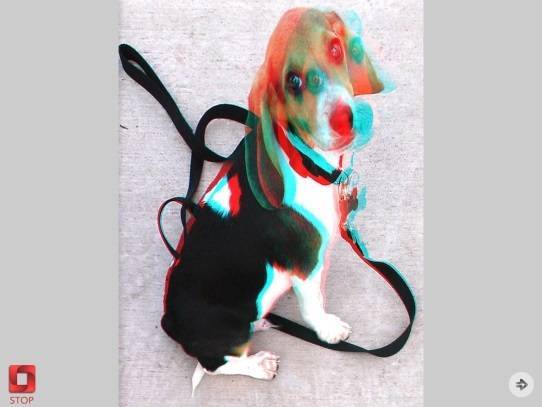
Figure 1. 3D Pets – Puppies from the Opto App by g-Labs. Photo Credit: Barry Rothstein / Phantom 3D®
Here are the features we put into the Opto App:
1. The therapist has immediate feedback on whether or not the patient is suppressing the vision from one eye – If I ask the patient to “pet the dog’s nose,” there are three things that happen:
(1) Touching the red nose on the screen (left eye suppression) (2) Touching the blue nose on the screen (right eye suppression) (3) Touching the space in front of the iPad because they see a 3D image floating above the screen.
2. The images provide SILO (small-in/large-out) awareness. As you pull the image further away from the patient, there appears to be more space between the image and the iPad.
3. Variety – every patient wants to see if their favorite breed is in the library. They are motivated to see what puppy will be next! Even my preschool-aged patients who try to take anaglyphic glasses off during other activities can make it through this whole set of pictures. The number of images ensures that the patient can sustain 3D vision for therapy.

Figure 2. Patient, age 2 completing 3D Pets – Puppies from the Opto App by g-Labs. Photo Credit: Barry Rothstein / Phantom 3D®
Here are ideas of how to use 3D Pets – Puppies in the clinic:
(1) Because of the stand design, this activity can be done in various gaze positions, standing or sitting.
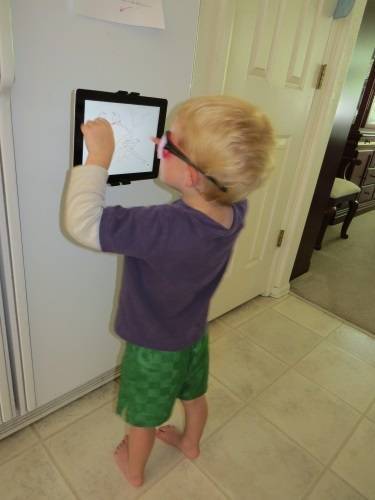
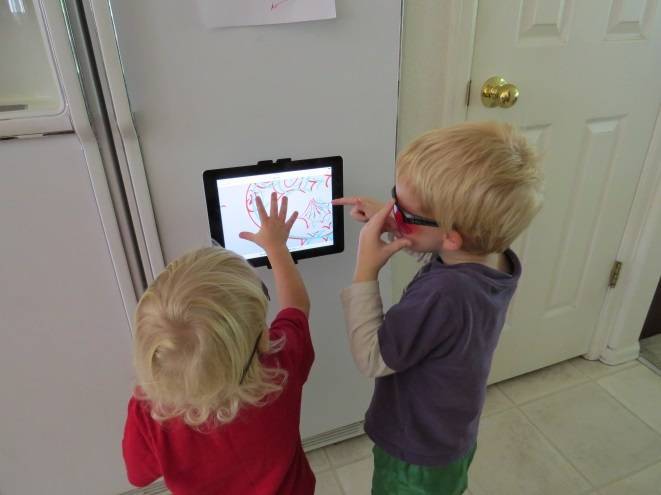
Figure 3. Children, age 1 and 3, standing while completing the Opto App by g-Labs.
a. You can mount the iPad on the stand and have the patient move closer or further, jump on a trampoline, or walk on a walking rail during the activity.
b. Ask the patient to keep the image 3D while turning, tipping, and tilting their head position.
c. Hold the iPad and move it to up gaze, down gaze, right or left gaze and/or have the therapist move closer or further away.
(2) Have the patient close their eyes and see how quickly they can regain depth perception. Try the same with having them look far away or cover one eye.

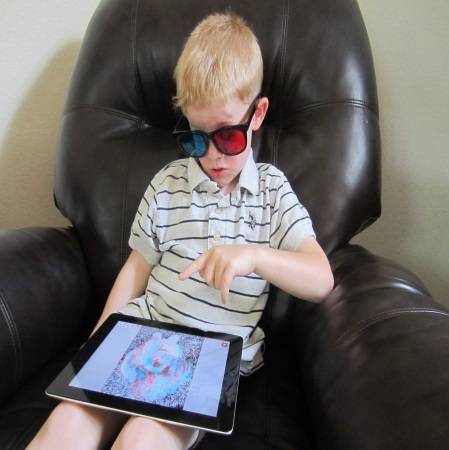
Figure 4. Child, age 3, completing 3D localization training with the Opto App by g-Labs. Photo Credit: Barry Rothstein / Phantom 3D®
(3) Use in conjunction with plus and minus binocular lens flippers.
(4) Use with base-in/base-out prism flippers.
(5) We use the Apple TV at our clinic to make these images several feet across to work on distance fusion and even have patients switch between the TV and iPad displays for near-far vergence jumps.
(6) You can also develop accurate localization by using a finger to touch the space where the ear, nose, tag, or ball is located.

Figure 5. Localizing 3D images on the Opto App by g-Labs. Photo Credit: Barry Rothstein / Phantom 3D®
We hope that you find this a useful tool for binocular vision assessment and training! As always, we appreciate your feedback and suggestions. Here is a table of the amount of stereovision for each target when viewed at 40 cm: 3D Pets.
Jennifer S. Simonson, OD, FCOVD
Patent Information for Photographic Phantograms:Produced under license from Owen C. Western, US Pat. No. 6,389,236.All phantogram 3D materials produced in cooperation with Aubrey Imaging, San Jose CA: Exclusive Licenser of phantogram and OpUp™ 3D Technology under US Pat. No. 6,614,427
The Mobileys recognize early-stage mobile apps, services, and products that make the world a better place. The competition was created to honor the entrepreneurs who inspire and make a difference through mobile innovation. This year, G-Labs is thrilled to have been chosen as one of only 10 finalists in this exciting competition!
Watch the Video Here: http://www.youtube.com/watch?v=zy0PAgzE9vI#t=1
To learn more:
Visit our website: http://gerull-labs.com/
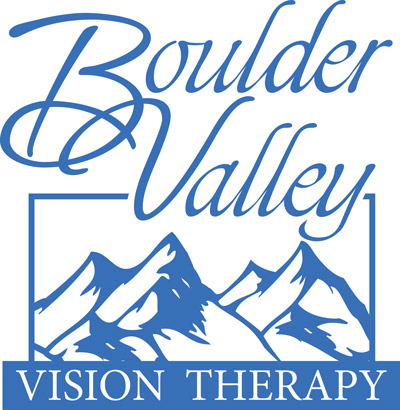



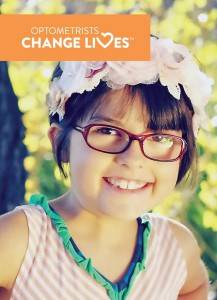
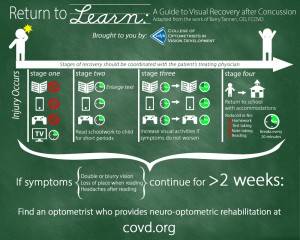
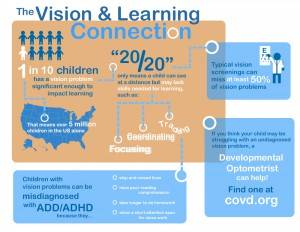
Notes:
Please contact us with any questions you might have at bouldervt@yahoo.com.